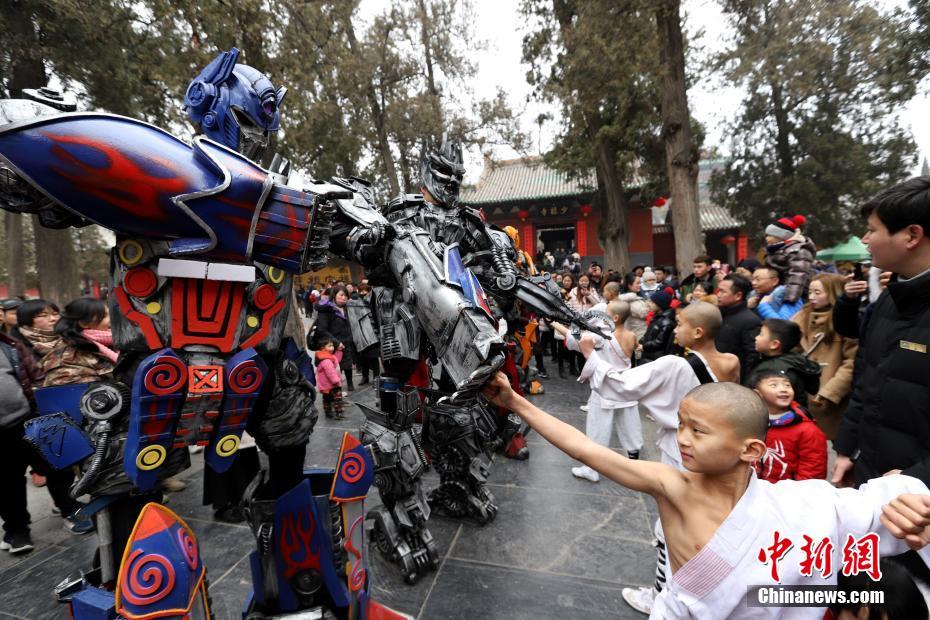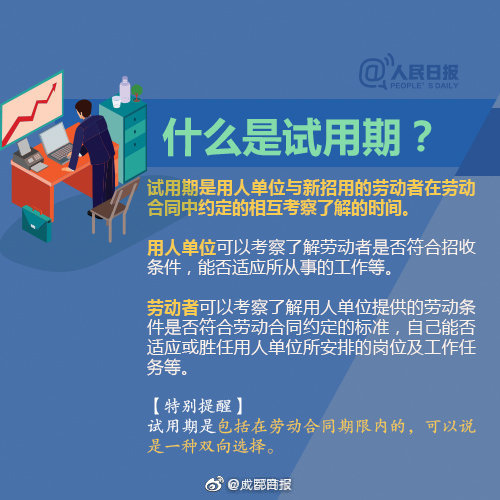Let's say it's a Monday afternoon. There's a litany of chores that someonein your household will have to do eventually: Dinner needs cooking, the kids need homework help, a dentist appointment isn't going to make itself.
If you're the person picking up all of those chores, there's a term for that: invisible labor.
It's something that falls primarily on the shoulders of women. In the U.S., married mothers spend nearly double the time on housework and childcare that American fathers do.
The phenomenon is far from new, but the coronavirus pandemic has shifted things even further. With many families quarantining together at home, disparities in the unsung labor of our daily lives have become much more evident — and a lot more urgent for families to try to fix. "All the things that used to be invisible, they're suddenly in your face right now," says Miriam Cherry, co-editor of Invisible Labor: Hidden Work in the Contemporary World.
Back in 1929, Virginia Woolf published her famous extended essay, "A Room of One's Own," in which she argued that women need money and space in order to produce works of artistic genius. Advocates for more equitably redistributing invisible labor are making a similar argument today: Invisible labor has so routinely stripped women of time to themselves that we'll never truly know the full extent of our loss, whether that's the passion projects that get scrapped or the mental toll that comes from rarely having a second to breathe.
We talked to Cherry and Winifred Poster, one of her co-editors, about what people need to understand about invisible labor, how it appears in the world around us, who it hurts, and what might put an end to it.
Invisible labor, a term that comes from a 1987 article about "invisible work" by sociologist Arlene Daniels, refers to unpaid work that goes unnoticed, unacknowledged, and thus, unregulated.
In its academic definition, invisible labor impacts a wide range of marginalized groups: In fact, people performing invisible labor are marginalized by the sheer fact that their work isn't seen, paid, or acknowledged.
In recent years, “invisible labor” has become shorthand for the household maintenance and child-rearing activities that women, primarily in cisgender, heterosexual relationships, find themselves bearing the brunt of. These tasks are work — they require time and effort — but you don't get paid, or, in many cases, even recognized for them.
This common usage gets its roots from the work of Berkeley sociologist Arlie Hochschild, says Cherry. Even as more women began working outside the home in the latter half of the 20th century, Hochschild found they were still picking up the bulk of household and childcare duties when they got home after their "official" work day. In 1989, Hochschild coined the term "the second shift" to describe that extra labor, which was generally unpaid and unrecognized.
"It goes beyond just housework. It can include a lot of different unpaid work."
Since Hochschild's initial research, study upon study (upon study) has backed up the crux of her findings. A look around your own household, or those of friends or family members, likely paints a similar portrait.
SEE ALSO:Women’s invisible labor leaves them feeling empty, study findsBut an unequal allotment of household and family-related chores is far from the onlyinstance of invisible labor out there. "It goes beyond just housework," Cherry notes. "It can include a lot of different unpaid work. The digital transformation means it's in manysectors now. It's happening more often than people think."
She points to a distinctly 21st-century adage as a prime example: "Do it for the exposure." Maybe you've heard it in your own life, when someone told you a particular unpaid "opportunity" could lead to industry connections, or a task outside of your work duties would open up other doors down the road. There are plenty of cases in which this could be true, but at its core, it's all invisible labor, in Cherry and Poster's interpretation.
When work goes unacknowledged and unpaid, so does the person doing that work, and that has other consequences as well. Recognizing invisible labor means recognizing the people performing that labor.
In its many forms, invisible labor has rippling effects. Cherry notes that you pay for what matters, and when someone's work goes unpaid and unacknowledged, it can ultimately imply that they don't matter in other ways, too. And that's just the start of it.
Around the world, women do three out of every four hours ofunpaid labor, per a United Nations report. According to the report, unequal division of unpaid work can reduceearnings, and the economic independence that comes from individual earnings is vital for the agency of women in communities around the world.
When women get paid for their work, everyone benefits: The International Monetary Fund has found that women's economic empowerment also grows economies, while reducing income inequality and strengthening economic diversification.
Outside of the staggering economic estimates, there are emotional tolls.
Analysis from Oxfam, a global poverty alleviation organization, estimated that if unpaid care work performed by women around the world over the age of 15 had a price tag, it would amount to at least $10.8 trillion annually.
Outside of the staggering economic estimates, there are emotional tolls: A study from researchers at Oklahoma and Arizona State Universities found that 90 percent of participants (who were married or partnered mothers) reported taking exclusive responsibility for household tasks. The researchers found that when women had to handle their kid's emotions and wellbeing on their own, it was linked with greater feelings of emptiness. They also found it was connected to lower life and partner satisfaction, controlling for factors that might sway the participants' emotional or mental health, such as how they viewed intimacy with their partner and whether they felt unconditionally accepted.
Other studies have also found a link between emotional distress for mothers and time spent managing their kids' emotional states: A study from professors at the University of Massachusetts at Amherst found that for working-class women, the household division of childcare was a stronger predictor of distress than the division of housework.
Throughout the different instances of invisible labor outlined in her book, Cherry points to a common thread. "The mechanism keeping [invisible labor] in place is that if you don't see yourself as a worker, you don't see yourself as someone who's entitled to certain rights as a worker."
When workers identify a common experience with fellow workers, they may be able to organize around collective appeals, forming unions or challenging their conditions through the legal system, Cherry explains. But when people don't even realize they're doing work in the first place, as is often the case with invisible labor, it undermines their ability to align their interests with other workers.
That's the key to why invisible labor occurs: It's difficult sometimes to identify it's happening at all. That's true of an employee who sees his bank account and free time draining when he needs to purchase specific clothing and groom himself a certain way to work at a particular retail job, and that's also true of a mother who can't understand why she seems to be more exhausted and run-down than her (male) partner. They might not realize it, but the core of both of their problems is the same.
Once you see it, you can't unsee it.
In an individual household, Poster and Cherry note there could be a multitude of both personal (and political) reasons for the way chores get distributed. None of that is static: The division of housework and childcare changes from household to household, and even within a given household, as kids grow up or as duties change. Additionally, homes shared with grandparents or other relatives could have a totally different dynamic than single family homes, Poster points out.
Yet for companiessiphoning people's labor without them realizing it, the cause behind invisible labor is more clear-cut: There are likely business practices in place fueling its existence. Think, for instance, about social media companies mining your online activity for their own profit: You're ultimately performing that labor, yet you're not the one making money off of it.
Regardless of the individual circumstances for a given instance of invisible labor, you can't solve a problem until you identify it, Poster and Cherry say. In many cases, invisible labor operates like one of those clickbait-y photo roundups: Once you see it, you can't unsee it.
During the feminist movement in the 1960s, Cherry says, the concept of consciousness-raising allowed women to identify collective struggles and common experiences, which often translated into political action. That's what needs to happen to ameliorate the burdens of invisible labor, too: It needs to become visible, and then people need to do something about it.
There are plenty of individual solutions for identifying and rectifying invisible labor occurring on a personal scale, like having conversations with your family members about the division of work at home, or creating chore charts to keep track of who is doing what around the house. When enacting these kinds of solutions, it's a group effort: Changing the division of invisible labor at home isn't something that should fall exclusively on the women in the household; each family member must be part of the solution.
Cherry and Poster also stress that real, longterm solutions (for any form of invisible labor, not just that which occurs in the home) need larger-scale interventions.
Real, longterm solutions need larger-scale interventions.
Similarly, Hochschild, the sociologist behind the term "the second shift," points out that since the publication of her book, workplace and governmental policies have been slow to make the kinds of changes — like paid parental leave or subsidized child care — that could genuinely help alleviate the juggling and unpaid work that mothers currently have to do.
Since it's been shown that women are still doing most of the caregiving and household duties at home, policies that provide support for these duties on an institutional scale could also reduce the amount of invisible labor women perform in the household.
But even then, there's more to address. When women subconsciously pick up the bulk of caregiving and house-maintenance duties, that behavior is rooted in the deeply engrained system of patriarchy itself, which values women primarily in their capacity as wives and mothers. That will take dismantling on an even deeper level.
TopicsSocial GoodFamily & Parenting
(责任编辑:休閑)
 Dramatic photo captures nun texting friends after Italy earthquake
Dramatic photo captures nun texting friends after Italy earthquake You can't use food stamps online. This organic grocery startup wants to change that.
You can't use food stamps online. This organic grocery startup wants to change that. Private spaceflight trade group rebrands itself to look more like NASA
Private spaceflight trade group rebrands itself to look more like NASA Persuasive 'Game of Thrones' theory predicts an unexpected marriage in Season 7
Persuasive 'Game of Thrones' theory predicts an unexpected marriage in Season 7 Old lady swatting at a cat ends up in Photoshop battle
Old lady swatting at a cat ends up in Photoshop battleGive your kitchen sponge a rest on this adorable bed
 Our kitchen sponges do a lot of work. Don't they deserve a good night's rest?"Sure," said design stu
...[详细]
Our kitchen sponges do a lot of work. Don't they deserve a good night's rest?"Sure," said design stu
...[详细]Take a seat at New York's upscale cereal café
 Breakfast cereal is an American staple, and now, thankfully, a high-end delicacy.In New York City's
...[详细]
Breakfast cereal is an American staple, and now, thankfully, a high-end delicacy.In New York City's
...[详细]Snapchat rolls out super easy way to add celebs like Jimmy Fallon
 Adding celebrities on Snapchat just got a whole lot easier.Mashablehas discovered Snapchat has rolle
...[详细]
Adding celebrities on Snapchat just got a whole lot easier.Mashablehas discovered Snapchat has rolle
...[详细]Frank Ocean mercilessly teases fans with mysterious new album update
 Frank "Please Drop the Album" Ocean is once again playing with our hearts.The Grammy-winningsinger p
...[详细]
Frank "Please Drop the Album" Ocean is once again playing with our hearts.The Grammy-winningsinger p
...[详细]Balloon fanatic Tim Kaine is also, of course, very good at harmonica
 You know the old saying: the people want a president they can drink a beer with and they also want a
...[详细]
You know the old saying: the people want a president they can drink a beer with and they also want a
...[详细]Typhoon Nepartak slams Taiwan, threatens China with more flooding
 Super Typhoon Nepartak blasted Taiwan with 150 mile per hour winds on Thursday night and Friday, loc
...[详细]
Super Typhoon Nepartak blasted Taiwan with 150 mile per hour winds on Thursday night and Friday, loc
...[详细]Chevrolet cuts 4G LTE data plan pricing for its vehicles in half
 Chevrolet was the first automaker to add 4G LTE connectivity to every model in its lineup. And now,
...[详细]
Chevrolet was the first automaker to add 4G LTE connectivity to every model in its lineup. And now,
...[详细]Photo of police in riot gear arresting protester in a dress strikes chord on social media
 In the aftermath of what can only be described as a truly tragic week in the United States, an image
...[详细]
In the aftermath of what can only be described as a truly tragic week in the United States, an image
...[详细]Nate Parker is finally thinking about the woman who accused him of rape
 Nate Parker is getting a crash course in male privilege after, in his own words, not thinking about
...[详细]
Nate Parker is getting a crash course in male privilege after, in his own words, not thinking about
...[详细]500 people stood in line overnight in Bangkok for KAWS merchandise
 Outside the Central Embassy mall in Bangkok stands an 8-metre-tall blue Elmo-like muppet with its ey
...[详细]
Outside the Central Embassy mall in Bangkok stands an 8-metre-tall blue Elmo-like muppet with its ey
...[详细]Old lady swatting at a cat ends up in Photoshop battle

Adele paid tribute to Prince, but not with a cover
